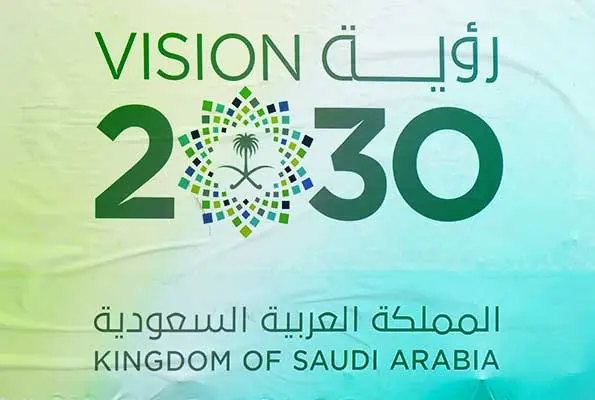American credit ratings agency S&P sees the aggregate capital expenditure (capex) of publicly listed Saudi corporates reaching USD 85-USD 95 billion over 2025-2027, translating into increased corporate lending demand and cross-border issuance.
Between 2017 and mid-October 2025, Saudi non-financial corporates have issued about USD 78.6 billion in foreign-currency debt, with energy giant Aramco being the largest issuer in the Kingdom, having issued USD 43 billion, the agency said in a new report.
“Large Saudi corporates are strategically diversifying their funding base by reaching out to global investors, while extending their maturity profiles. We view these developments as credit supportive, but we will monitor whether the accumulation of debt from these investments outpaces earnings generation,” S&P remarked.
Nearly 90% of the projected total capital expenditure (capex) comes from companies that are owned by state-owned entities (SOEs), such as the Public Investment Fund (PIF) and the General Organisation for Social Insurance. S&P also observes that the ongoing need for financing will continue to drive corporate capital market activity in the Gulf nation.
The ratings agency anticipates that Saudi banks will extend about USD 65-USD 75 billion in new corporate loans annually over 2025-2026, primarily to the real estate and utilities sectors. The amount of new corporate loans increased by almost USD 60 billion between December 31, 2024, and August 31, 2025.
“While some investments might be financed from internally generated cash flows, demand for bank funding will remain strong. PIF’s portfolio companies, as well as Aramco, will account for a significant portion of issuances over the next few years, while the number of private-sector entities in the bond market will increase gradually,” S&P Global Ratings credit analyst Rawan Oueidat added.
“The EBITDA margins of companies in the Kingdom will remain resilient over 2025-2027, despite lower oil prices, rising domestic inflation and increasing competition in non-oil sectors, such as consumer goods. Credit metrics are likely to remain broadly unchanged due to cost rationalisation efforts, continued capex requirements, and non-oil sectors’ growth plans aligned with Vision 2030 objectives,” she stated.
Expecting the energy sector to continue to account for most spending, primarily due to large outlays at Saudi Aramco, Oueidat noted, “at the same time, we forecast that non-oil corporates’ capex will remain elevated, in line with Vision 2030 ambitions. Concretely, we expect publicly listed Saudi corporates’ aggregate capex will remain high due to investments within the materials, telecommunications, and utilities sectors.”
S&P analysis of publicly listed entities also showed that corporate leverage remains manageable across most of the Kingdom’s industrial sectors. Authorities have already launched several initiatives to increase capital market activity and attract overseas funding.
S&P’s credit analyst Zeina Nasreddine said, “If lending growth exceeds our base-case assumption, this would likely result in a higher but manageable net external debt position for Saudi banks.”



